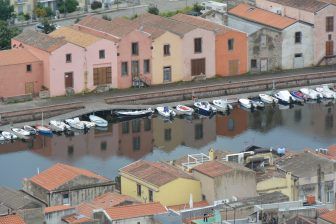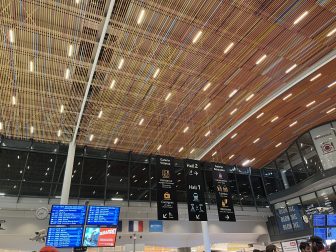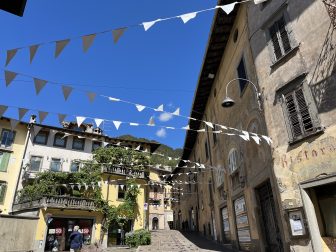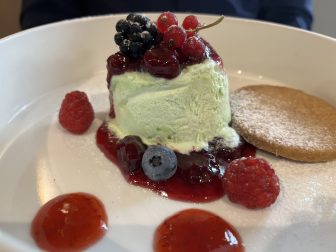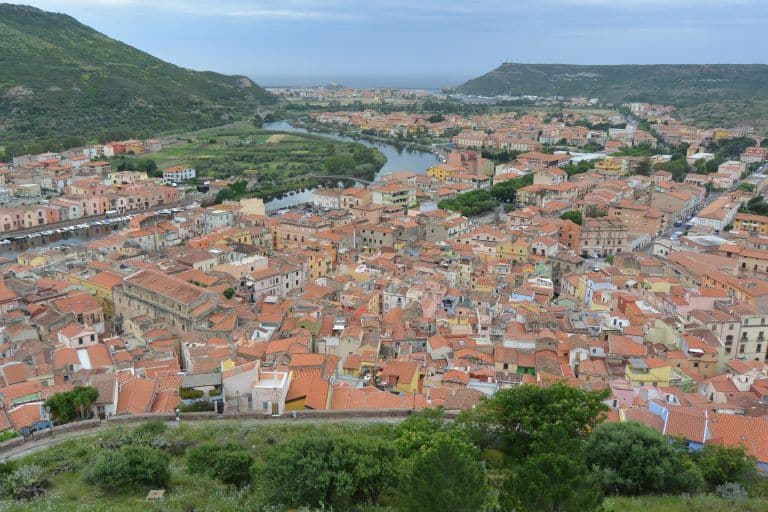
[ May 2018 ] After having lunch in Bosa, the town in Sardinia in Italy, we walked up to the ruin of the castle on the hill.
The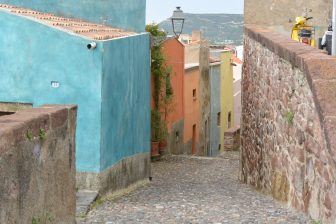
On both sides of them, there were many pastel-coloured houses.
We saw some plants in some coloured tins, which showed the enthusiasm of the local residents for making their town look beautiful.
It rained 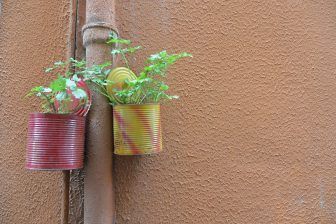
After a while, we came out to the open area where we could see the lovely view of the whole town.
From here we could see that the roofs of the houses were all orange colour.
We could also see the sea far away beyond the winding River Temo.
When we got inside the castle wall, we found a small church within the grounds.
The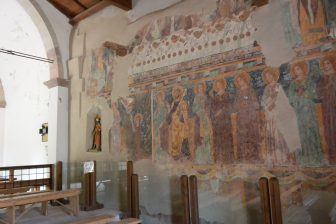
Although it said that photography was not allowed, the old looking frescoes were so beautiful that I took a couple of shots while no one was there.
Because we could not see the historical background of this church and castle, later we bought a booklet explaining Bosa.
According to this booklet, Bosa was originally situated on the other side of the river about 2km further inland.
But people abandoned it because of repeated raids by Arab pirates.
Later, in the 11th century, they rebuilt the town in the current position around the port on the river.
The castle was said to be built in the 12th or 13th century and, in the past, there was a small village inside the castle wall.
The small church with the long name (20.25m x 5.70m) seems to have been expanded and renovated many times, so they do not seem to know exactly when it was built originally.
At least it is clear that in the 14th century, the portal was displaced.
The frescoes are thought to have been painted around the same time.
By the way, during the medieval time, Sardinia was divided into four autonomous regions called Giudicato.
Bosa belonged to one of them, called Arborea, for a long time.
When the lord, called Mariano, ruled this area in the middle of the 14th century, the town flourished economically, artistically and culturally.
Long after that in the 19th century, when the town was under the Savoy family, there were many tanneries along the river which was the main industry here.
After coming down from the castle, we walked along this riverside area.
I did not know it at that moment, but apparently one of the ex-tannery houses is now a museum.
Now it was time to get back to Alghero.
There was only one bus to get back, leaving at 5pm.
There were two buses to come here, but only one to get back, so naturally the bus was full, though luckily everyone seemed to have a seat.
I was nodding off and when I woke up, I found it was pouring.

